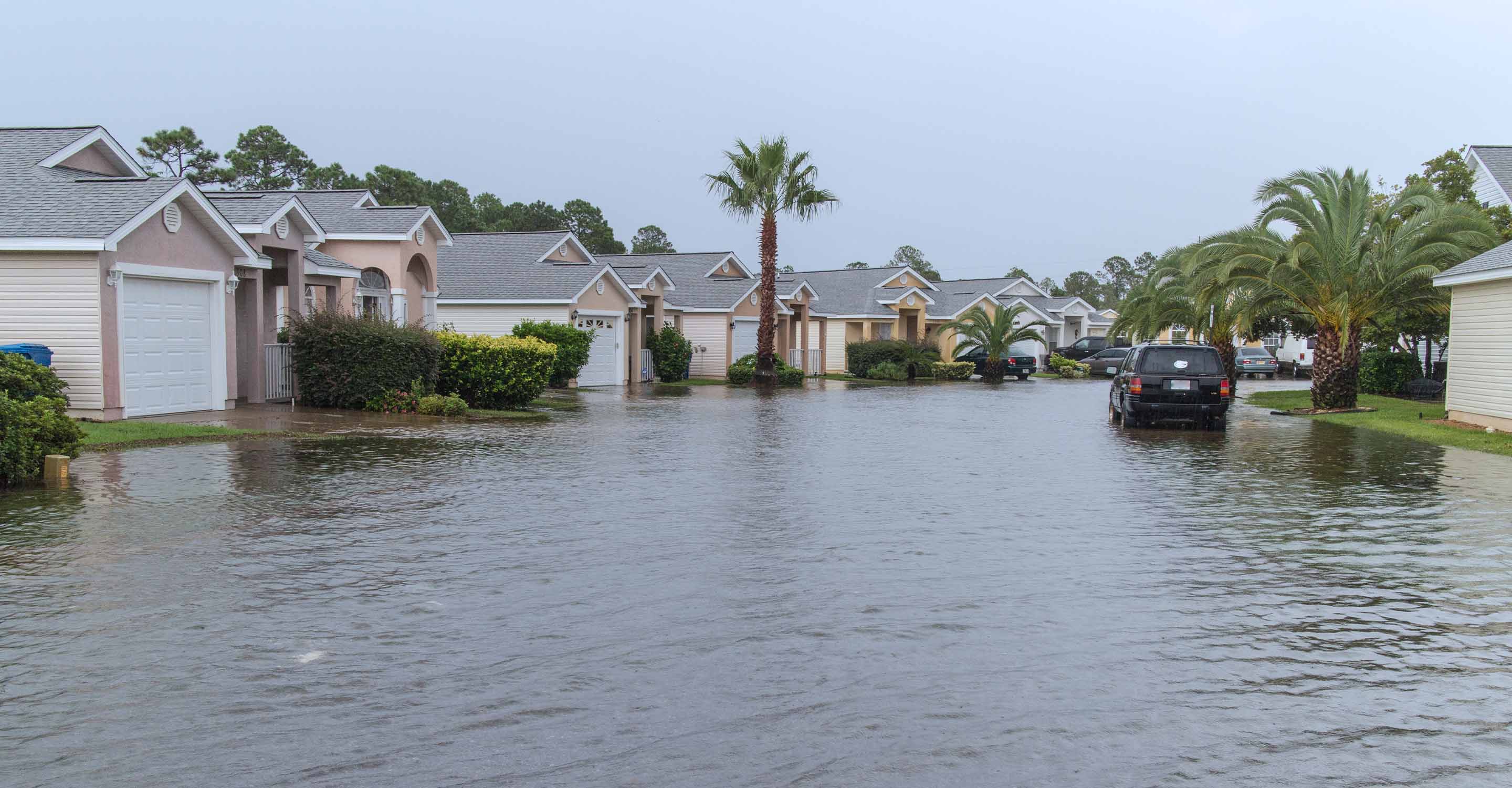Gaya air quality map
Live air pollution map of Gaya
7.4K people follow this city
Full screen
Contributors category
0
Government
0
Educational
0
Non-profit organization
0
Corporate
0
Individual
0
Anonymous
Station(s) operated by

*IQAir’s AQI data modeled using satellite data. Learn more
Health Recommendations
| Reduce outdoor exercise | |
| Close your windows to avoid dirty outdoor air GET A MONITOR | |
| Sensitive groups should wear a mask outdoors GET A MASK | |
| Run an air purifier GET AN AIR PURIFIER |
Gaya does not have air sensor data
Be the first to measure and contribute air quality data to your community.
Understand air pollution and protect yourself
Gaya MAP AIR QUALITY ANALYSIS AND STATISTICS
Is there much information about air quality on the air pollution map for Gaya?
There is a lot of good quality information about air pollution on the air quality page for Gaya and it is really easy to access. Clicking on the map icon at the top of the main city page will open up a new page filled with all information about air quality.
Once this new page is open, the viewer cannot help but notice the overall colour of the map. This is a direct indication of the current state of air quality. When the air is “Good” quality, the colour will be pale green but as the air quality worsens, the colour will become darker. These colours are standard throughout the entire IQAir website. Some cities have physical ground-level air monitoring stations whereas others rely on data supplied by overhead satellites. Gaya is one such city that gets its data from overhead satellites, but the outcome is just the same.
When there are physical stations, they are shown by the presence of coloured discs on the map. Some can be seen to the southeast of Gaya. These discs each display a number at their centre which is the United States Air Quality Index reading or US AQI for short. These readings are calculated by measuring the levels of six of the most commonly occurring pollutants. These are usually both sizes of Particulate Matter (PM2.5 and PM10), ozone, nitrogen dioxide, sulphur dioxide and carbon monoxide. The resulting figure is then used as a standard when comparing air cleanliness in different cities across the world. Its use is encouraged by the World Health Organisation (WHO).
Looking back to the main city page, it can be seen in the coloured banner across the top of it that the state of the air in early February was classified as being “Unhealthy for Sensitive Groups” with a US AQI reading of 120. The asterisk to the right of this figure confirms that the data is collected from satellite imagery. The main pollutant was found to be PM2.5 with a recorded level of 43.2 µg/m³ which is almost nine times higher than the recommended target figure of 5 µg/m³ as suggested by the WHO.
What other information about air quality can be found on the air pollution map for Gaya?
There is much more information about air quality on the air pollution map for Gaya but in order to see all this information, the page needs to be viewed at maximum size. This is achieved by pressing the icon at the top of the page which will expand the page to full-screen mode. The first noticeable item will be the overall colour of the background of the map which is a direct indication of the current state of the air.
Once viewed in this way, a list of four choices will be seen on the left-hand side of the screen. These can each be deactivated individually to see the effects they each have on the map.
The first option would show the position of the ground-level air monitoring stations, but there are none in Gaya as it relies on satellites for its data. The second option shows the position of any wildfires that might be burning in the vicinity. During the early part of February 2023, there were no such icons on the air pollution map for Gaya which meant there were no active fires burning in the vicinity. If fires are detected, then option number four needs to be investigated because it shows the speed and direction of the prevailing winds and will give a good indication of where the ensuing some may blow.
Option number three will change the colour of the map to reflect the current state of the air which can be quite dramatic. If the colour is too intense, the option can be deactivated so that the colouration will revert to a more acceptable range of colours.
The rest of the information regarding air quality can be found on the right-hand side of the screen. A table can be seen here which shows the ranking of the seven most polluted cities in the world. The rest of the participating cities can be seen by opening a new page under the full-ranking section.
Is the source of the polluted air shown on the air quality map for Gaya?
The source of the polluted air is not shown directly on the air quality map for Gaya but it is known that major sources of pollution are from electricity and heat generation, burning of solid waste, industrial processes and transportation. The common pollutant gases are released during the combustion of coal, oil, firewood, dung cakes and cigarette smoke.
Fuels such as coal, dung-cake, wood and kerosene are used in many homes in under-developed and developing countries. Complete combustion of fuel produces carbon dioxide, which may not be toxic. However, incomplete combustion produces the toxic gas carbon monoxide. Coal contains varying amounts of sulphur, which produces sulphur dioxide when it burns.
Automobile exhaust is another major source of air pollution. Automobiles emit gases such as carbon monoxide (about 77%), oxides of nitrogen (about 8%) and hydrocarbons (about 14%). Heavy-duty diesel vehicles create more nitrogen oxides and suspended particulate matter than petrol vehicles, which produce more carbon monoxide and hydrocarbons.
Black soot is produced by the burning of fossil fuels. These pollutants i.e., carbon monoxide, sulphur dioxide, soot and many others such as formaldehyde, benzo-(a) pyrene (BAP) are toxic and injurious to health. BAP is also found in cigarette smoke and is known to cause cancer. A housewife using wood as fuel for cooking uses BAP equivalent to 20 packs of cigarettes a day.
PM2.5 which is often mentioned on the air pollution map for Gaya, but what is it?
Cardiovascular diseases, especially coronary heart disease, are among the leading causes of death worldwide. The three most important causes of cardiovascular diseases are high cholesterol, high blood pressure and smoking. For this reason, in order to keep cholesterol and hypertension at normal levels, doctors recommend a healthy diet, an active lifestyle and avoidance of smoking. However, recent medical studies have shown that cardiovascular diseases are associated with air pollution, especially fine particle (PM2.5) pollution.
Large particles are prevented from reaching the lungs by being filtered by the body's filter system, but particles finer than 2.5 microns, especially associated with petroleum fuels such as exhaust fumes, can pass through the filter system.








